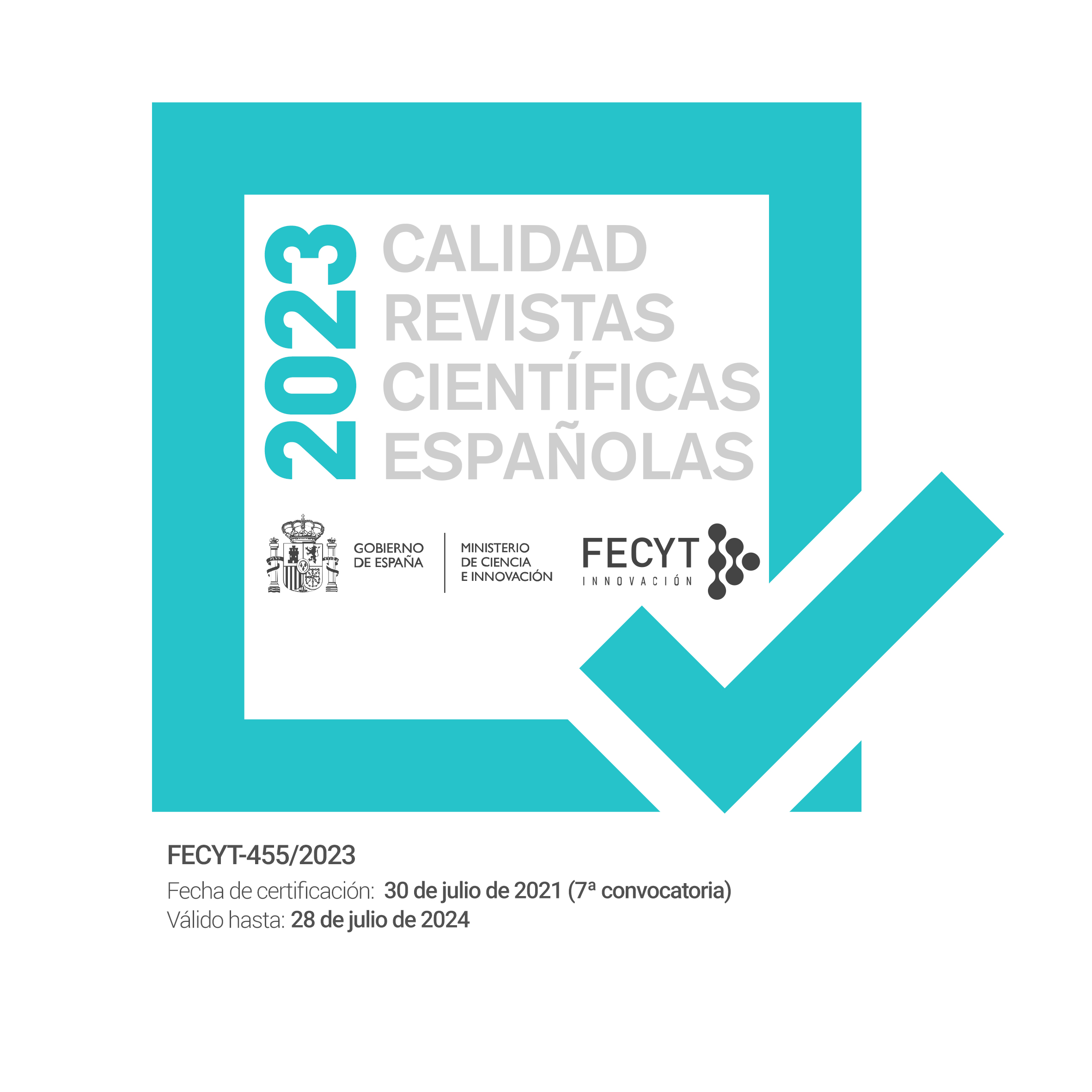Specifics of Ethnic and Individual Associativity in Phytonyms in Gabriel Garcia Marquez’s Novels
DOI:
https://doi.org/10.30827/cre.v14i0.6462Keywords:
phytonym, symbol association, García MárquezAbstract
This article discusses the nouns related to the world of plants (trees, flowers, and fruits), which in works of G. Garcia Marquez have rich associative potential. We give special attention to the specificity of implicit associations developing from the original semantics of these words and creating unique images of magical realism. The association instigated by names of tropical trees and their fruit, shrubs, grasses and flowers are conditioned by ethno-cultural specificity of the reality vision. In an aesthetic space of García Márquez novels, plants become identifiers of protagonists, their feelings and events determining their destinies.Downloads
References
ALONSO MONDRAGÓN, I. A. (2016):“Dormir sobre el corazón: Hipnos y Tánatos en Ojos de perro azul”. Literatura: Teoría, Historia, Crítica. Vol.18.No.1.Pp. 173-180. Bogotá. Disponible en http://dx.doi.org/10.15446/lthc.v18n1.54684 (consultado en 21.08.2017).
APULEYO MENDOZA, P. (2014): “Nunca entrevisté a Gabo para El olor de la guayaba”. La república. 20.04.2014. Disponible en http://larepublica.pe/20-04-2014/nunca-entreviste-a-gabo-para-el-olor-de-la-guayaba (consultado en 21.08.2017).
DICCIONARIO ESPAÑOL-RUSO. Diccionario.ru. Disponible en http://www.diccionario.ru (consultado en 21.08.2017).
GARCIA MARKEZ, G. (1979): Polkovniku nikto ne pishet. Perevod Yu.V.Vannikova. In: Gabriel Garcia Markez. Sto let odinochestva. Povesti i rasskazy. Avtorskij sbornik. Moskva, Progress. 592 p. Pp..412-458. URL: http://bee2.narod.ru/about/polkovnik.htm (consultado 02.09.2017).
GARCÍA MÁRQUEZ, G. (1982): El olor de la guayaba. Conversaciones con Plinio Apuleyo Mendoza. Barcelona, Editorial Bruguera. 188 p. Disponible en http://ela.edu.sv/files/5f38ef_El_olor_de_la_Guayaba.pdf(consultado en 16.09.2017).
GARCÍA MÁRQUEZ, G. (1984): El coronel no tiene quien le escriba. Madrid, Ediciones Alfaguara. Disponible en http://www.iesmigueldecervantes.com/publica/biblioteca/el_coronel_no_tiene_quien_le_escriba_garcia_marquez.pdf(consultado en 02.09.2017).
GARCÍA MÁRQUEZ, G. (1987): Cien años de soledad. Madrid, Ediciones Cátedra. 496 pp. Disponible en http://bdigital.bnjm.cu/docs/libros/PROC2-435/Cien%20anos%20de%20soledad.pdf(consultado en 10.09.2017).
GARCÍA MÁRQUEZ, G. (1988): El amor en los tiempos del cólera. Madrid, Ediciones Mondadori. 443 p. Disponible en http://es.slideshare.net/fabianprofe/garcia-marquez-gabriel-el-amor-en-los-tiempos-del-colera-8280303 (consultado en 01.09.2017).
GARCÍA MÁRQUEZ, G. (1989): El general en su laberinto. Madrid, Mondadori. 286 p. Disponible en http://www.educando.edu.do/files/8914/0932/5229/Garcia_Marquez_Gabriel_-_El_general_en_su_laberinto.pdf(consultado en 23.08.2017).
GARCÍA MÁRQUEZ, G. (1990): Crónica de una muerte anunciada. Caracas, Ediciones La Cueva. 50 p. Disponible en http://biblio3.url.edu.gt/Libros/cromuerte.pdf (consultado en 06.09.2017).
GARCÍA MÁRQUEZ, G. (1992 a): Buen viaje, Señor Presidente. Cuento. En: Doce cuentos peregrinos. Buenos Aires, Sudamericana. Pp. 7-18. Disponible en: http://www.literatura.us/garciamarquez/bviaje.html (consultado en 03.09.2017).
GARCÍA MÁRQUEZ, G. (1992 b): Espantos en agosto. Cuento. En: Doce cuentos peregrinos. Buenos Aires, Sudamericana. Pp. 41-42. Disponible en http://ciudadseva.com/texto/espantos-de-agosto/ (consultado en 04.09.2017).
GARCÍA MÁRQUEZ, G. (1992 c): El rastro de tu sangre en la nieve. Cuento. En: Doce cuentos peregrinos. Buenos Aires, Sudamericana. Pp. 67-76. Disponible en http://biblio3.url.edu.gt/Libros/12_cuentos.pdf (consultado en 11.09.2017).
KAZANKOVA, K. V. (2010): “Fitomorfnyj mif v poetike G. G. Markesa”. Vestnik Chelyabinskogo gosudarstvennogo universiteta. Seriya Filologiya. Iskusstvovedenie. №21 (202). Pp.28-32.
LETOVA, A.M. (2012): “Rol' vegetativnoj metafory v fol'klornoj yazykovoj kartine mira”. Vestnik Moskovskogo gosudarstvennogo oblastnogo universiteta. Seriya: Russkaya filologiya. № 1. Pp. 58-64.
MEJÍA RIVERA, O. (2015): “El arquetipo de Macondo. Babuchas, almendros y flores amarillas en Cien Añosde Soledad”. En: O. Araujo Fontalvo. El legado de Macondo. Antología de ensayos críticos sobre Gabriel García Márquez. Barranquilla: Universidad del Norte. Pp. 93-116.
PIAMBA TULCÁN, D.M. (2016): “La flora y la fauna de Macondo. Un asunto de interpretación”. Revista Cuadernos del Caribe. No 22. Pp. 26-44.
VLADIKIN-GUITEVA, I. (2006): “García Márquez y su tiempo narrativo”. Revista electrónica de estudios filológicos. N 11. Disponible en: https://www.um.es/tonosdigital/znum191/estudios/23-marquez.htm (consultado en 04.09.2017).












